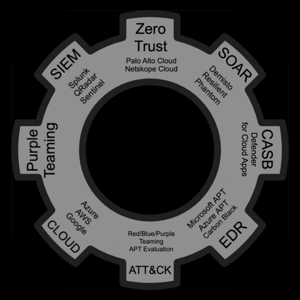Hi,
I dont have all the parts but this ARG query will get the CVE (possibly enriched from MDTI - but I haven't looked at that enough to be sure) from Defender for Cloud.
In a workbook you could merge this with SecurityAlert table. But for a KQL Query you'd probably have to create a Table with this info before hand (using a Playbook)?
Thanks Clive (no longer at MSFT) , new user name: clivewatson-9831
securityresources
| where type =~ "microsoft.security/assessments/subassessments"
| extend assessmentKey=extract("providers/Microsoft.Security/assessments/([^/]*)", 1, id), subAssessmentId=tostring(properties.id)
| where assessmentKey == "1195afff-c881-495e-9bc5-1486211ae03f"
//| where properties.status.severity == '{selectSeverity}' or "Show All" == "{selectSeverity}"
| extend subAssessmentName=tostring(properties.displayName),
resourceId = tostring(properties.resourceDetails.id),
cve = tostring(properties.additionalData.cve),
statusSeverity = tostring(properties.status.severity),
statusCode = tostring(properties.status.code),
vendorTitle = tostring(properties.additionalData.vendorReferences)
| where cve has "CVE-"

